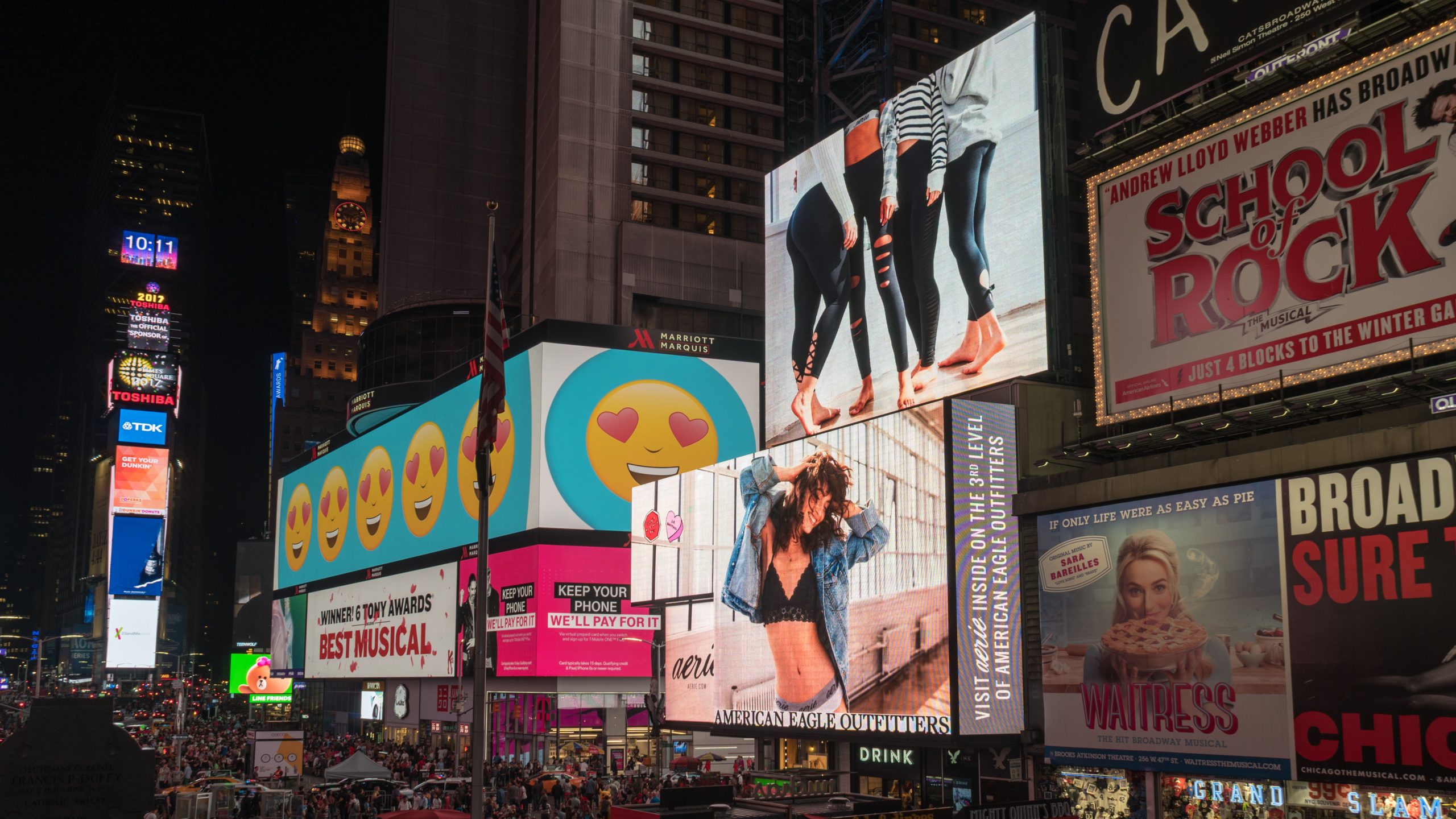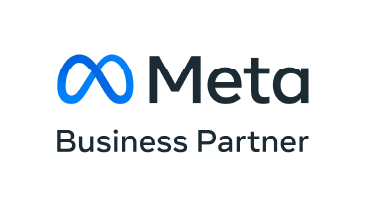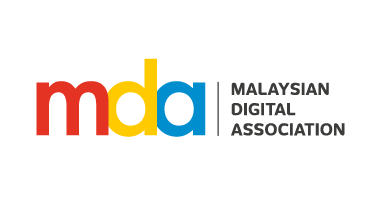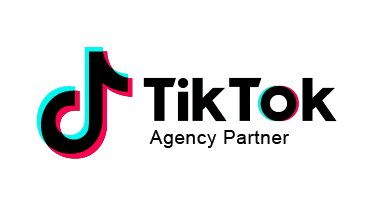The benefits of getting personal with ads personalization
Have you ever wondered how ads always seem to find you whenever you browse through the Internet? Some even get eerily close to something you’ve searched for recently. Sometimes, you even get ads of the exact products and items you are actually interested to purchase at any given time. You might ask… “Is someone watching me?”.

“Cookies” are known as HTTP cookies, internet cookies, or browser cookies. They carry information about the websites you visit, among other things.
Well, someone is indeed watching, and that someone is Google and Meta (formerly known as Facebook Inc).
Personalized advertising is serious business – it brings in most of the revenue for large tech companies. In 2022, Google’s ad revenue (the highest revenue source for the tech giant) brought in USD 224.47 billion. Meanwhile, Meta (includes platforms like Facebook, Instagram, Messenger, and WhatsApp) generated over USD 113 billion from ads alone. But how do these tech companies do it? And more importantly, how can you benefit?
Table of Contents
How Do Companies Mine Data

An advertiser can subscribe to Google or Meta ads services to be able to show their targeted ads for interest based advertising to specific types of people who use their platforms.
Personalized ads are a highly effective digital marketing strategy that leverages online user data to target individuals with tailored advertising content. There are a few ways companies carry out data collection – this includes cookies and the personal data consumers willingly surrender when downloading and using apps.
Whenever you’d browse the net, you’d notice some websites would have a pop-up window where you’d be notified about the website using something called “cookies”.
These “cookies” are known as HTTP cookies, internet cookies, or browser cookies. They carry information about the websites you visit, the device you use, what keywords you’re searching, the products you’re looking for, what pages get most of your engagement, and how long you spend on different web pages, just to name a few.
This information is then either sold to third-party platforms (like Instagram and Facebook) or shared through existing partnerships with these tech giants. Google, YouTube, and Meta will then use this data for ad targeting to users who are using their social platforms.
Meanwhile, apps like Instagram and Facebook are examples of apps that collect user data and share it across their platforms. However, this data collection is not done secretly, as it is clearly stated in their terms of use. This means users willingly provide information to companies who run these apps in order to use them (note: as consumers, you can actually toggle the personalized ads setting to control how much or what kind of information you are giving, and to whom).
From there, an advertiser can subscribe to Google or Meta ads services to be able to show their targeted ads for interest based advertising – this means the ads will be targeted to specific types of people who would most likely be interested in the product or service. How does ad targeting happen? By utilizing user data, these platforms can refine the audience for the ads based on factors such as age, gender, location, and interests. This allows for higher personalized ads that would reach a better set of audience.
With their extensive network, Google and Meta can disseminate ads widely, potentially reaching millions of people. This makes digital advertising efficient and cost-effective as the cost of advertising is based on the number of clicks or impressions received, with price determined by an auction system. Advertisers can also set a maximum budget to spend – this way you can avoid over-spending.
Business Benefits From Ad Personalization

When you serve ads that target prospects with the right message at the right time, the likelihood of conversion increases.
1. Conversion
When you serve ads that target prospects with the right message at the right time, the likelihood of conversion increases. Chances are, the customers are already planning to purchase an item or product that your brand happens to be selling, resulting in more opportunities to convert potential customers.
2. Customer loyalty
People love feeling understood. Through ads personalization, customers get the impression you are speaking to them directly.
As a result, customers may also feel more open and receptive when it comes to giving feedback – you can prompt customers to fill out surveys and provide personal information for discounts or coupons, and they would more than likely do so if they feel understood and supported.
Most importantly, they are also more likely to continue purchasing from your business.
4. Social sharing
If customers enjoy a personalized experience, they may share their positive feedback with friends or family. They may also promote, review, or share your product or brand on social media, which increases brand visibility and reach without you having to do much.
5. Higher ROI
Using personalized ads, advertisers can reach prospects who are likely to convert and make a purchase. You can also reach them on their preferred channels of communication. In addition, if customers enjoy their experience and their purchase, you have yourself a loyal client who would continue to make repeat purchases or help you spread the word about your brand.
How You Can Set Up Personalized Ads Yourself On Google Search and Meta
You can set up your own personalized ads using Facebook or Instagram advertising and Google Ads (read our detailed blog here or here).
Generally, there are a few tips and tricks that apply all throughout, such as:
1) Decide your objectives for your advertising campaigns. What are you planning to achieve? More sales or brand awareness? Get really specific and stick with it.
2) Choose your platform. If you’re using Meta, choose where you want to run your ads: Facebook, Instagram, Messenger, Audience Network or across them all?
For Google, some options you can explore include Shopping, Display, App, or Video campaigns. If you opt for Google Ads, the campaign types vary depending on objectives. It can get confusing, so it’s best you consult with a digital marketing agency in Kuala Lumpur with experience and expertise.

Using personalized ads, advertisers can reach prospects who are likely to convert and make a purchase.
3) Build your customer personas. Depending on customer data and insight, you can group customers based on certain factors (find out more here). There are options to select the audiences you want to advertise to on Meta or Google, so make sure you select an audience that is more likely to be interested in your business.
4) Pick the right format for your ad. Prepare compelling copywriting, images, or videos and make sure it promotes your brand, product, and services in a way that appeals to your specific customer personas.
5) Set the right budget for your campaign depending on your objective.
6) Try and pick a longer running time. Once your ad starts running, Google and Meta’s machine learning algorithm will learn who is engaging with it and narrow your audience, so you reach more of the right people. Run your ad long enough for their system to learn who is more likely to engage with your ad.
7) Use analytics tools to optimise your ad campaigns and adjust your budget, messaging, content, and targeting accordingly.
Things you need to avoid
Sometimes personalized ads can get too personal, and may even hurt or violate people who view them. It is generally ethical to avoid ads that target customers based on physical attributes, sexual interests or sexual orientation, or personal hardships.
If you’re on Google or Meta, you are bound by their policies and may get your ad account suspended if you violate any of their terms of use.
Ads personalization is an important, ground-breaking method of advertising powered by AI and machine learning algorithms.
If you’re not utilising this powerful strategy, you may be losing to your competitors big time. Partner with Primal Malaysia for Instagram advertising, Facebook advertising, or Google advertising, and sky-rocket your business potential today.










Join the discussion - 0 Comment